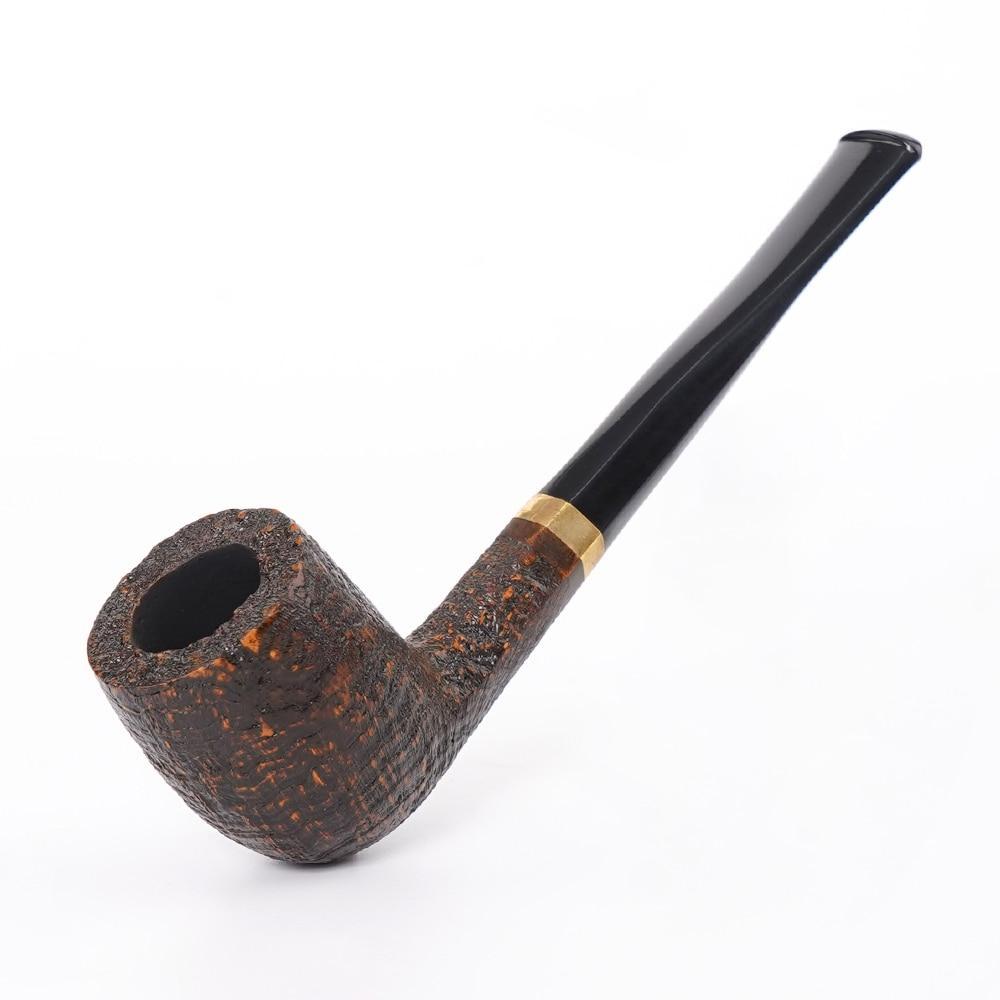When Is The proper Time To begin Briar Pipe Grain Patterns
페이지 정보
Writer Rodolfo Date Created25-02-20 22:06관련링크
본문
| Country | Brazil | Company | Muxiang briar pipe & Warden mbH |
| Name | Rodolfo | Phone | Warden briar pipe Holding |
| Cellphone | 4943512609 | rodolfowarden@hotmail.co.uk | |
| Address | Rua Rafael Bellei 1962 | ||
| Subject | When Is The proper Time To begin Briar Pipe Grain Patterns | ||
| Content | The Briar pipe, a timeless and iconic smoking device, has been a preferred choice for tobacco enthusiasts for centuries. Its distinctive appearance, unique properties, and enduring popularity have made it a subject of both admiration and scientific interest. This article delves into the science behind the Briar pipe, exploring its botanical origins, physical characteristics, and the principles that make it a superior choice for smokers.History and OriginThe Briar pipe is made from the root of the Erica arborea, a flowering plant native to the Mediterranean region. The root of this plant, known as briar, has been used for pipe-making since the early 19th century. The invention of the Briar pipe is often attributed to the Frenchman Louis Francois, who began manufacturing pipes from briar in the 1840s. The unique properties of the briar root, such as its durability, resistance to heat, and natural immunity to rot, made it an ideal material for crafting smoking pipes. Since then, the Briar pipe has become synonymous with quality and craftsmanship, with master pipemakers around the world creating intricate and beautiful pieces that are both functional and artistic. Botanical BackgroundThe briar plant, Erica arborea, is a species of heath that thrives in the dry, calcareous soils of the Mediterranean. The plant is a member of the Ericaceae family and is known for its small, white or pink flowers and its ability to grow in poor soil conditions. The root of the briar plant is particularly notable for its hardness and density, which are due to the high concentration of lignin, a complex organic polymer that provides structural support to plant cell walls. The lignin content in briar is higher than in most other woods, giving the root its unique durability and resistance to heat. Physical CharacteristicsThe briar root is characterized by its fine grain and dense texture, which make it an excellent material for pipe-making. The grain of the briar is so fine that it is often invisible to the naked eye, giving the pipe a smooth, even surface. The density of the briar also contributes to its heat resistance, allowing it to withstand the high temperatures generated by burning tobacco without cracking or warping. This property is particularly important for smoking pipes, as it ensures a consistent and enjoyable smoking experience. In addition to its heat resistance, the briar root is also highly resistant to wear and tear. With proper care, a Briar pipe can last for decades, developing a beautiful patina over time that is prized by collectors and enthusiasts. The patina, a darkening of the briar surface caused by the buildup of oils and resins from the tobacco, is a testament to the pipe's age and use. This natural aging process not only enhances the pipe's appearance but also improves its performance, as the buildup of oils can help to mellow the flavor of the tobacco. The Science of Smoking with a Briar PipeThe Briar pipe's unique properties make it an ideal choice for smoking. The dense, hardwood nature of the briar root allows it to absorb moisture and oils from the tobacco, which can affect the flavor and aroma of the smoke. This ability to absorb and regulate these substances ensures a smooth, consistent smoking experience. The briar's natural cooling properties also play a role in the smoking process, as the dense wood acts as a heat sink, reducing the temperature of the smoke before it is inhaled. Another important aspect of the Briar pipe is its ability to develop a "cake," a layer of carbonized tobacco residue that forms on the inside of the bowl and shank over time. This cake serves as an insulator, helping to regulate the temperature of the pipe and prevent it from overheating. It also acts as a filter, absorbing excess moisture and impurities from the tobacco, which can improve the overall flavor of the smoke. The Manufacturing Process The process of crafting a Briar pipe is a labor-intensive and highly skilled craft. Pipemakers begin by selecting high-quality briar roots, which are harvested from the Mediterranean region. The roots are then cut into blocks, known as "ebaucho The process of crafting a Briar pipe is a labor-intensive and highly skilled craft. Pipemakers begin by selecting high-quality briar roots, which are harvested from the Mediterranean region. The roots are then cut into blocks, known as "ebaucho |
||


 CS Center
CS Center